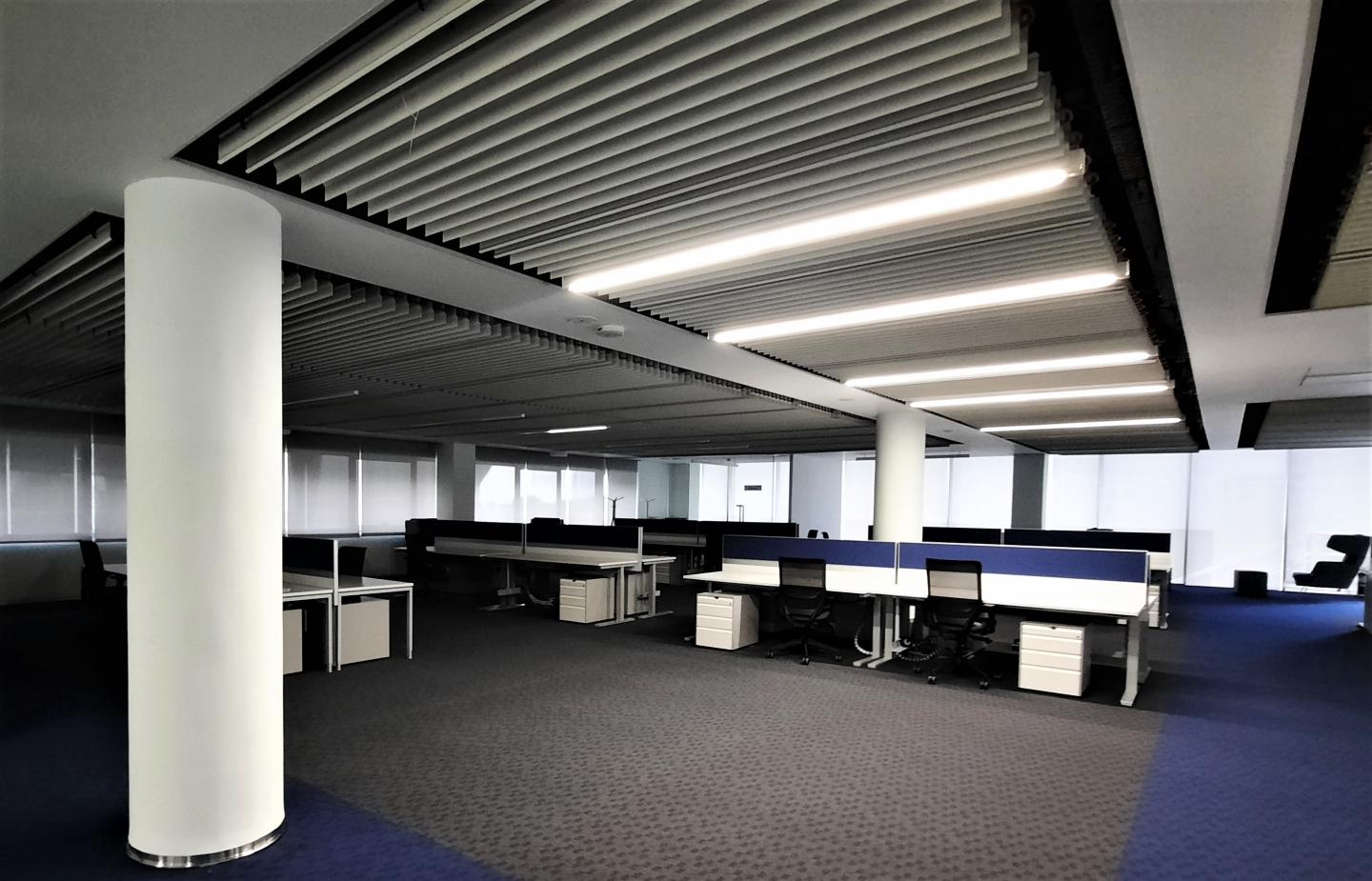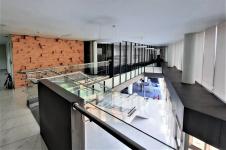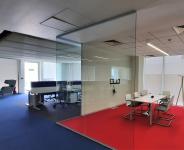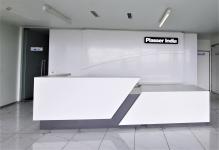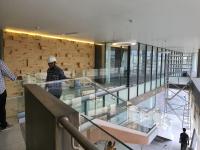There can be no doubt that the driver for prosperity and large scale economic growth and a sustainable future will be industry.
While there is a lot of exciting work being carried out in the service industry sector, especially IT and ITES, there is a large scope of improvement and growth in the design environment for the manufacturing industry.
At ANA, we have tried to use the opportunity provided by the Plasser project, to design and implement a combination of technologies, which will make for a better working environment in the difficult climate (especially summer) of South Gujarat.
Similarly, a combination of in situ, and industrial technology has been used in the building development itself, to create a system of good quality, fast construction and optimize cost, keeping in view certain incremental changes we could achieve as well as the ability to contract firms to be able to stretch their existing capabilities and achieve the expected quality.
The two most important interventions have been in the design of the thermal mass at the base of the building and the comfort conditions achieved thereby using a combination of conventional cooling methods as well as radiant floors and geothermal air tunnels. A radiant floor cooling system is designed to utilize a secondary circuit of the return water from the main chiller system to cool the floors using PEX pipes embedded in the floor.
The use of radiant floors and ceilings allowed for substantial reduction in ductwork required to cool the building thereby reduction in material and cost; provided a healthier indoor environment as there is no re-circulation of air in the system thus reducing the thermal energy needs of building occupants; reduced energy consumption as much as 50% of traditional cooling methods.
ANA was able to optimize and interconnect all the systems using the power of BIM through Revit and Navis-Works. This powerful software system allowed different specialties of the design and engineering teams to function as one.
We were able to accommodate constantly evolving requirements from the client as their faith in the business and the ability of the project team grew. Multiple facilities and faculties in the project were added to cater to better and bigger machines.
ANA was able to keep the project cost within the stipulated budget and build generally in line, due to the large scale database, easy visual interface and ability to adapt provided by the design software used.
2019
2020
Similarly, geothermal earth tubes were laid within the foundation pits as HDPE pipes for using geothermal energy to allow input air to be cooled prior to passing through Air Handling Units. This passive technology enabled transfer of ground source energy to cool ventilation air which allowed for a reduction of 10 degrees Celsius thus reducing the building operational costs and proving to be 90% more efficient than traditional systems.
Another notable feature of the building is the use of PoE for the smart lighting solution. Where the plant area lighting utilizes optical sensors to switch on and off, the number of light fittings required for pre-set lux levels, the office lighting goes several steps further.
The sensors embedded in the PoE lighting fixtures allow its occupants to control thermal comfort as well as lighting, using an intelligent interface between the lighting fixture and the air conditioning of the building.
Each occupant of the building will be able to control his or her personal space in the building using a smartphone interface. Once a particular area is not occupied, the intelligent system will /lower all unnecessary lighting and air-conditioning. This will allow the building to save energy and optimize performance without dependence on human behavior.
Mohd. Amin Nayyar, Ritesh Kashyap, Somjit Sahni, Sitaram Gupta, Devender Thakur, Manoj, Tariq, Varun, Neha, Vinod, Pushottam, Savita Khanna.
